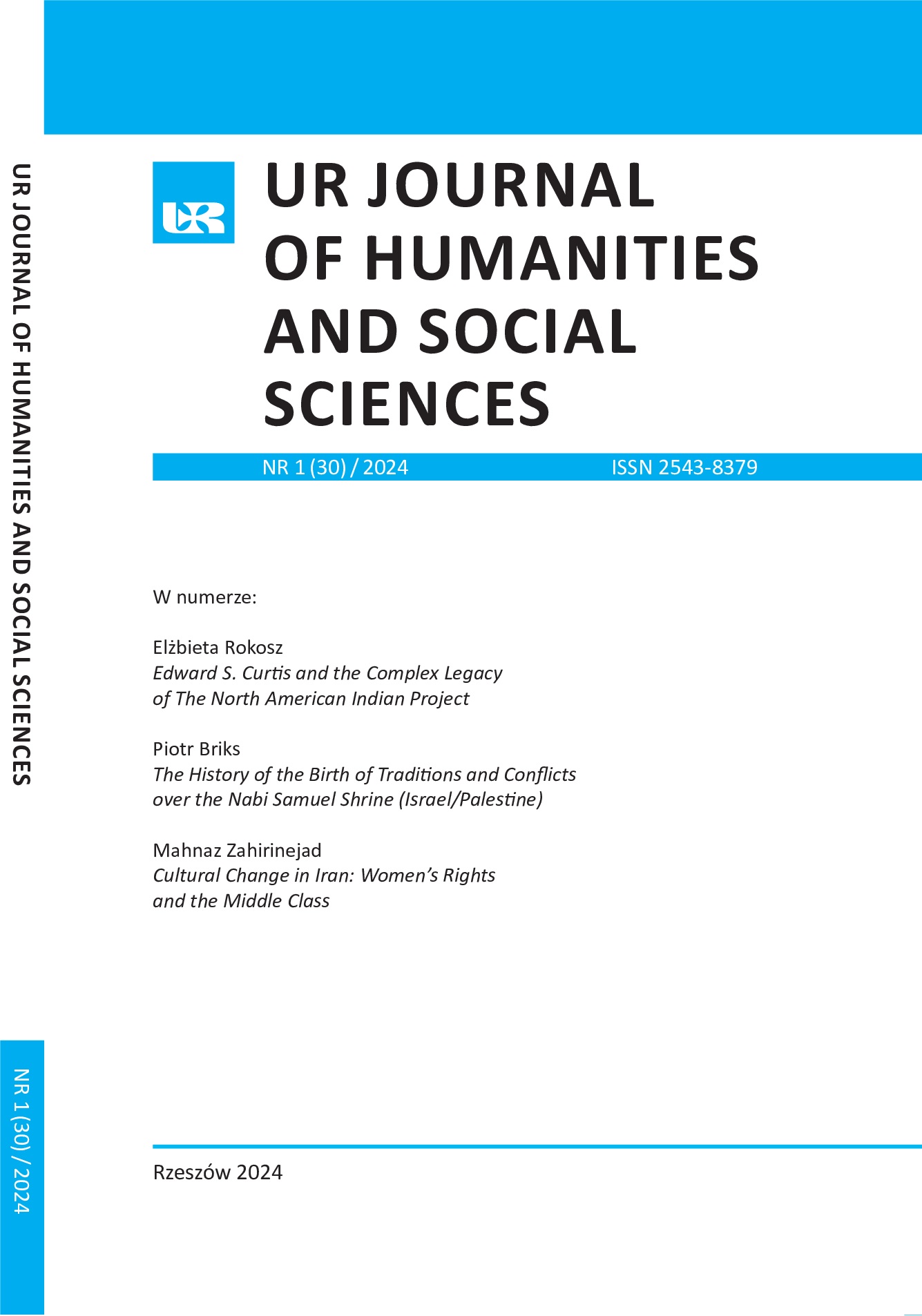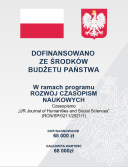Cultural Change in Iran: Women's Rights and the Middle Class
DOI:
https://doi.org/10.15584/johass.2024.1.7Keywords:
Iran, Women, Middle Class, CultureAbstract
The influence of Western culture and the efforts of domestic intellectuals merely scratched the surface of pre-existing and traditional practices towards women in nineteenth-century Iran. However, they led to the rise of social movements, such as the women's rights movement. Modernisation and economic growth drove ongoing processes of industrialization and urbanization during the twentieth century in Iran. Modernization also changed the social structure by creating a new middle class. It is expected that economic growth and educational attainment would empower the new middle class to demand greater political accountability, which, in turn, would lead to women's empowerment. The new middle class participated in the 1979 revolution, the outcome of which was to accelerate the rise of religious leadership. The revolutionary government renewed traditional Shiʿite practices, including traditional norms concerning women. Since the revolution, despite the imposition of Islamic law, the level of literacy and access to higher education, particularly for women, has escalated. This has led to women's awareness of their rights and their struggles to realize them in practice. However, unexpectedly, the new middle class hesitated in turning revolutionary and in joining the protestors. This research assumes that education enables women to confront their traditional roles in the family. Nevertheless, changing women's position is a process of cultural change that is coherent with both socio-economic development and the rise of a strong middle class.
Downloads
Downloads
Published
How to Cite
Issue
Section
License
Copyright (c) 2024 Wydawnictwo Uniwersytetu Rzeszowskiego

This work is licensed under a Creative Commons Attribution-NonCommercial 4.0 International License.



